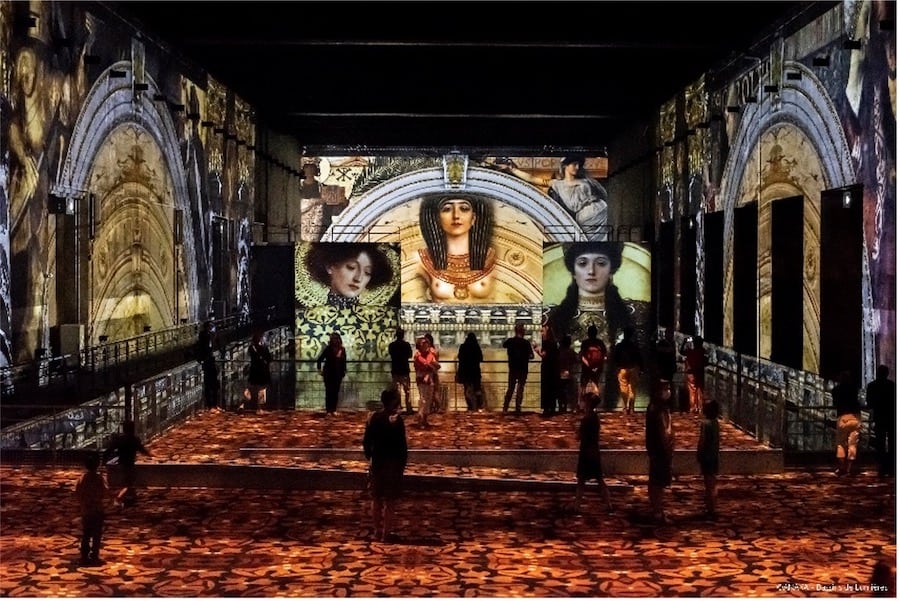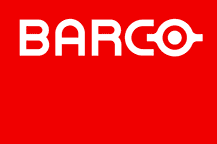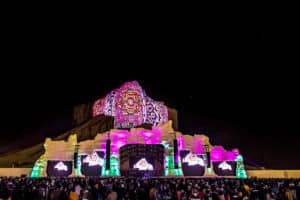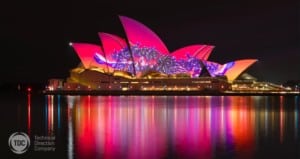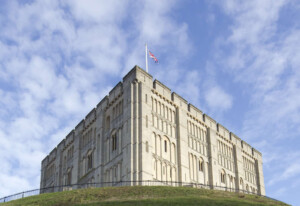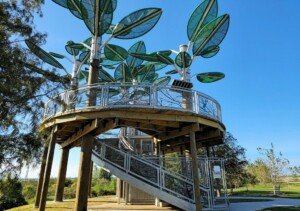by Barco
The ongoing digital transformation is really showing in all aspects of our lives, and so digital technology is also increasingly finding its way into the cultural world and museum industry. In a new series of blog posts, Barco is looking into the growing trend of digital arts and artainment, starting with the obvious question: “What is digital art?”.
Digital technology as a means of presentation
One first definition of digital art focuses on the use of digital technologies as a way of presenting/visualizing art. The most straightforward examples are displays and (interactive) videowalls. But it also includes the use of digital projectors, holography, VR technology, etc.
It means that any famous artwork can become a digital artwork. The iconic pieces are first digitized and then brought back to life using one of the above-mentioned visualization technologies. Think, for example, a projection of the Mona Lisa smiling mysteriously on a museum wall in New York. Or a touch display that allows you to zoom in on a particular scene of Bruegel’s famous chaotic winter landscapes.
Such digital exhibits are becoming increasingly popular in museums and art institutions. It increases the worldwide accessibility of those iconic works. Plus it’s a way of keeping up with this digital age and delivering new experiences to a more tech-savvy audience. But we will look closer at the ‘why’ of digital-powered art exhibitions in our next blog.
Bassins de Lumières
Founded in Paris, France, in 1990, Culturespaces is the largest private organization managing public French museums. It is one of the key players in Europe’s cultural landscape. What makes the Culturespaces art experiences so distinctive is the adaptive re-use of old public spaces and the transformation of these infrastructures into innovative giant video canvasses.
In 2016 the French cultural organization communicated on its first agreement with Barco on the supply of 170 video projectors. These enabled immersive multimedia experiences at Carrières des Lumières in Les Baux-de-Provence, and Atelier des Lumières in Paris. And last year, Culturespaces opened a new venue, called Bassins de Lumières in Bordeaux, France.
This digital art museum rotates exhibits on classic painters. The works are being brought to life by more than 100 projectors as a visually astounding spectacle. Audio tracks from classical musicians accompany the sensory-immersive experience.
For all the details on the Culturespaces projects, check out this Barco webinar.
Digital technology as a means of art creation
Another interpretation of digital arts talks about the use of digital technology to create art. It comes in many forms and is certainly not new. Remember your tryouts in Microsoft Paint during your first computer classes in the 1990s? Those can be considered digital art.
Going back to the mid-80s, Andy Warhol, an enthusiast aficionado of the capabilities of the new multimedia, also created a series of digital artworks.
Computers and technology are playing an increasingly significant role in our creative activities. And as technology evolves, its uses to create art also grow with it. It goes from digital photography to illustrations produced on tablets with drawing software, to images made or generated by an autonomous system based on algorithms.
Technology can even be a creative entity on its own, a subfield of artificial intelligence which is called computational creativity. So rather than seeing digital technology as a mere tool to create art, it can even become a collaborator to co-create a work of art together.
ARTECHOUSE
In 2017, noticing a lack of resources available to artists who are using new technologies to create, co-founders Tatiana Pastukhova and Sandro Kereselidze debuted ARTECHOUSE. This is a first-of-its-kind innovative art space with permanent locations in DC, Miami, and NYC. It is home to 21st-century artists who work with innovative technology and new forms of creative expression.
One of those artists is Refik Anadol. This media artist loves to experiment with large-scale installations of light and projection. Plus he also uses artificial intelligence as an artistic tool. He is well known for working with data visualization and creating data-driven work.
In his 2019 work Machine Hallucination, for instance, you’ll see a 30-min video of an AI machine that processes millions of architectural images of the iconic New York City skyline and visualizations of the open-source data about this city.
You can learn more about both the ARTECHOUSE mission and Anadol’s inspiration in this Barco video interview.
Digital art approaches art & creativity in a new way
Simply put, digital art is a term that describes either an artistic work presented using digital technology or work that uses digital technology as part of the creative process. In both cases, it challenges the way we think about art and creativity. The fusion of technology and art is a new trend in the cultural field. One that makes us extremely enthusiastic about the spectacular results and new experiences it’ll bring to museums.
In the next instalment of this series, Barco will look at four reasons why museums should embrace the potential of technology in their exhibitions.


